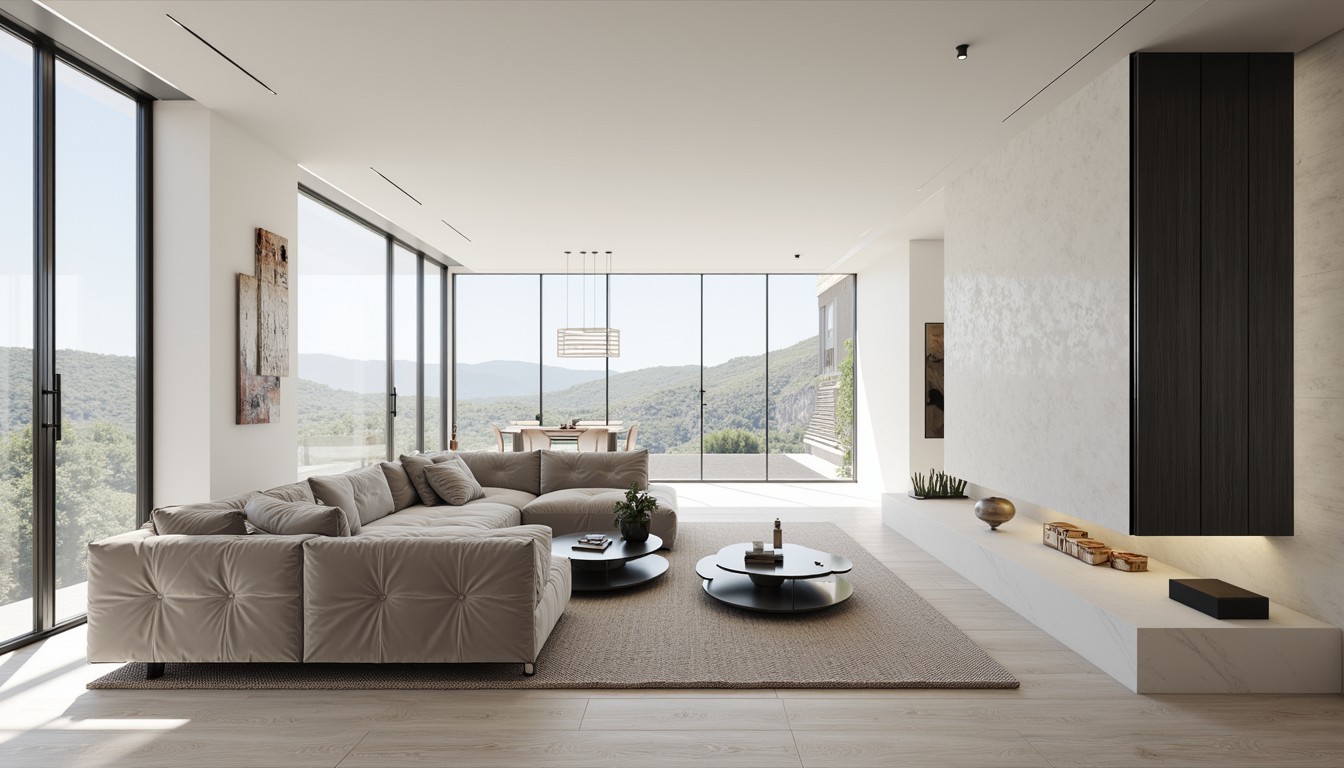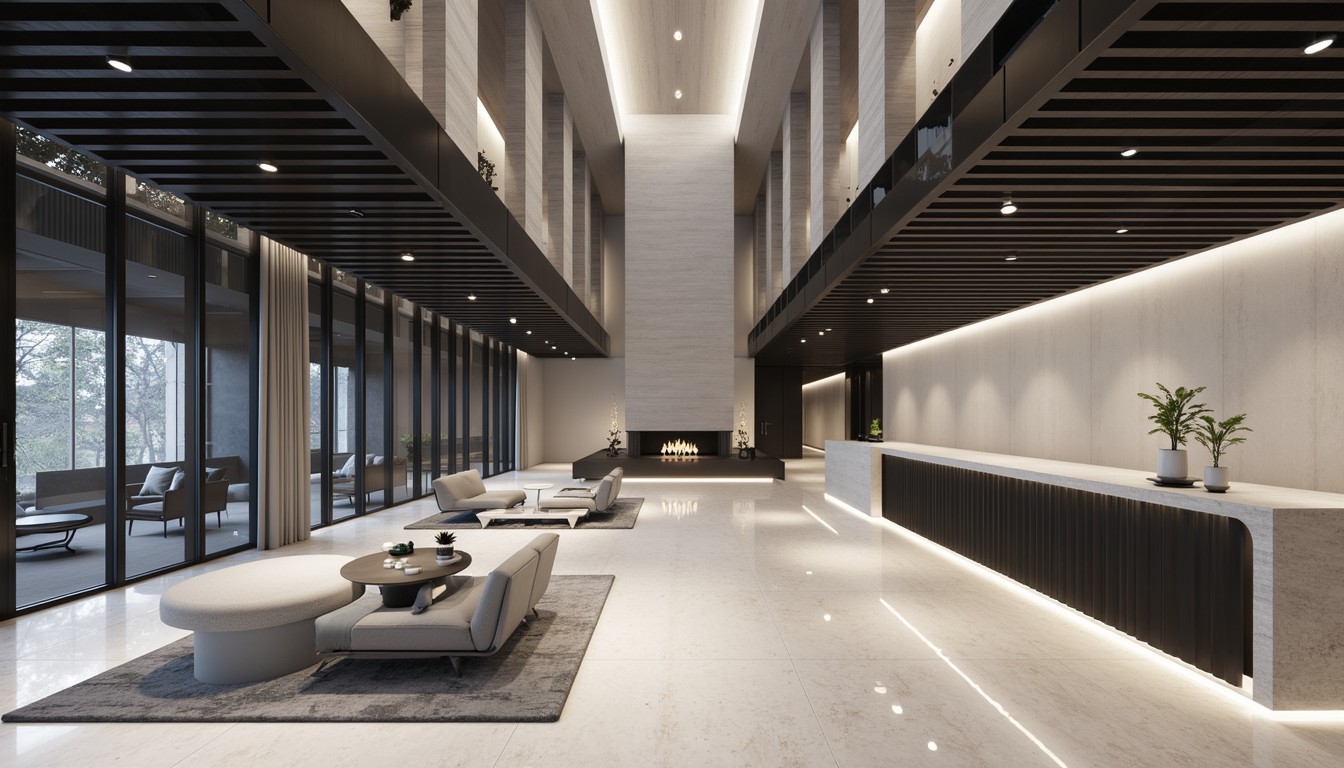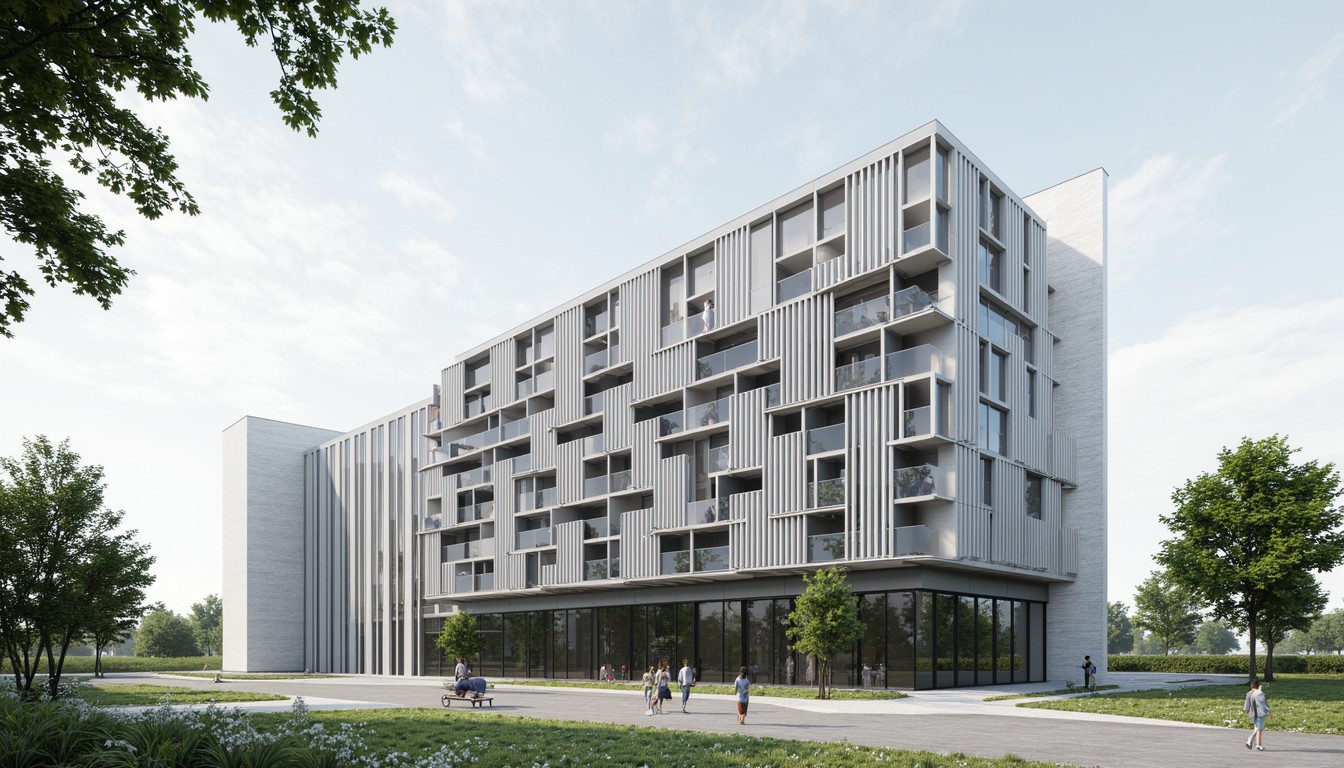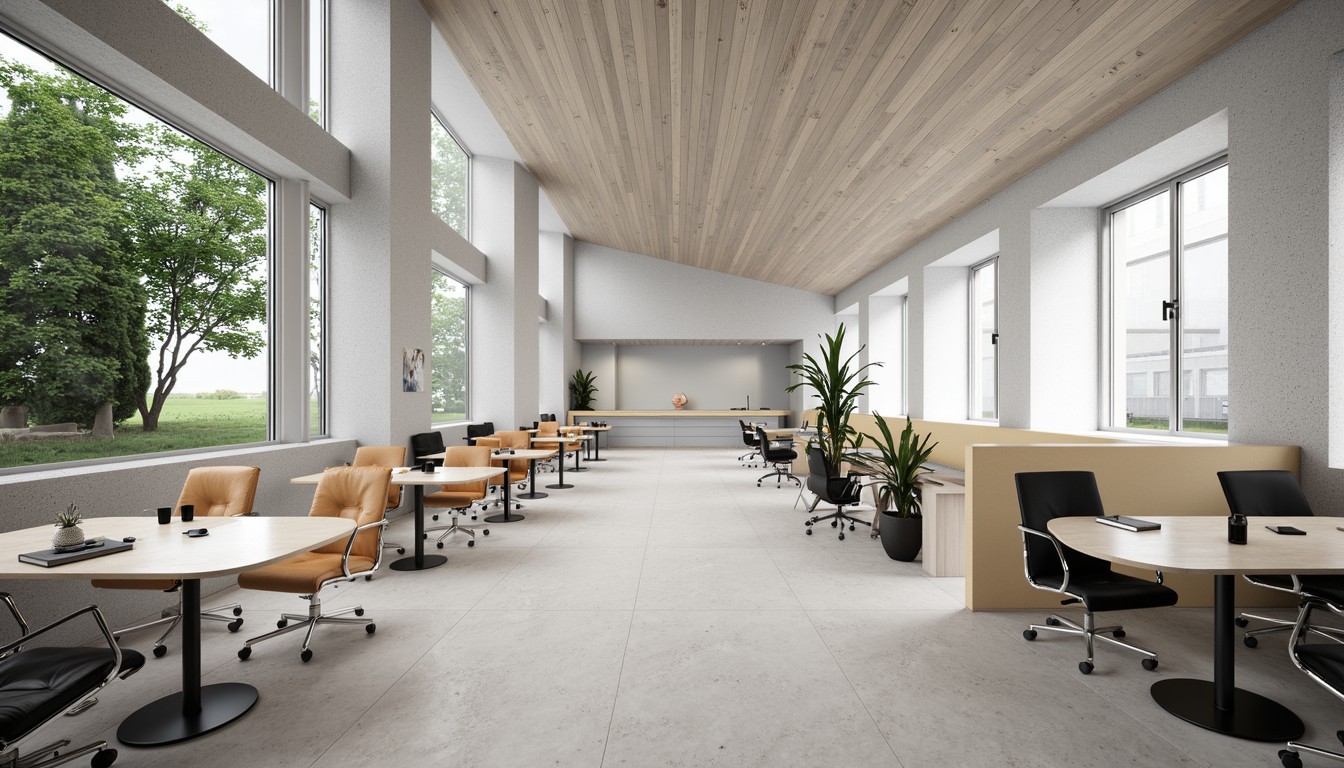Smart Building Technology: Revolutionizing Architecture
The architectural landscape is undergoing a dramatic transformation, driven by the rapid advancement of smart building technology. No longer are buildings simply static structures; they are becoming dynamic, responsive environments that prioritize efficiency, sustainability, and occupant well-being. This integration of technology is not merely an aesthetic addition; it's a fundamental shift in how we design, construct, and experience built spaces. ArchNav, a leader in architectural visualization, is at the forefront of this evolution, helping architects and developers envision and realize the potential of smart buildings.
Defining Smart Building Technology

Smart building technology encompasses a wide range of interconnected systems and devices that optimize building performance and enhance the user experience. These systems leverage data analytics, automation, and the Internet of Things (IoT) to create a seamless and efficient environment. Key components include:
- Building Management Systems (BMS): Centralized control systems that monitor and manage various building functions, such as HVAC, lighting, and security.
- IoT Sensors: A network of sensors collecting data on various aspects of the building's operation, including temperature, humidity, occupancy, and energy consumption.
- Automation Systems: Automated controls that adjust building systems based on real-time data and pre-programmed rules, optimizing energy use and comfort.
- Data Analytics Platforms: Tools that analyze data collected by sensors and BMS to identify trends, predict issues, and optimize building performance.
- Smart Lighting Systems: Energy-efficient lighting solutions that adjust brightness and color temperature based on occupancy and natural light levels.
- Smart Security Systems: Integrated security systems that enhance building safety and security through access control, surveillance, and intrusion detection.
Real-World Applications and Benefits

The impact of smart building technology is far-reaching, offering significant benefits across various aspects of building design and operation:
1. Enhanced Energy Efficiency:
Smart buildings significantly reduce energy consumption by optimizing HVAC systems, lighting, and other energy-intensive functions. Real-time data analysis allows for precise control, minimizing waste and lowering operational costs. This contributes to a smaller carbon footprint, aligning with sustainable design principles.
2. Improved Occupant Comfort and Productivity:
Smart systems personalize the environment to meet individual preferences, optimizing temperature, lighting, and air quality. This leads to increased comfort and productivity for occupants. Features like smart thermostats and lighting controls allow for customized settings, creating a more welcoming and efficient workspace.
3. Enhanced Security and Safety:
Integrated security systems provide enhanced protection against threats, with real-time monitoring and automated responses to potential security breaches. Access control systems manage entry and exit, while surveillance systems monitor activity, improving overall security and safety.
4. Optimized Space Utilization:
Data analytics can provide insights into space usage patterns, allowing for better allocation of resources and improved space planning. This helps optimize the use of available space, maximizing efficiency and minimizing wasted areas.
5. Predictive Maintenance:
By monitoring building systems in real-time, smart buildings can predict potential equipment failures before they occur. This allows for proactive maintenance, minimizing downtime and reducing repair costs.
The Role of Architectural Visualization
Architectural visualization plays a crucial role in the design and implementation of smart buildings. ArchNav utilizes cutting-edge rendering and visualization techniques to help architects and developers:
- Visualize Smart Building Systems: Create compelling visuals that showcase the integration of smart technology within the building design.
- Communicate Design Intent: Effectively communicate the functionality and benefits of smart building features to clients and stakeholders.
- Explore Design Alternatives: Test different configurations and scenarios to optimize the design for energy efficiency, occupant comfort, and security.
- Facilitate Collaboration: Provide a shared platform for architects, engineers, and contractors to collaborate on the design and implementation of smart building systems.
The Future of Smart Building Technology

The future of smart building technology is bright, with ongoing advancements in artificial intelligence (AI), machine learning (ML), and the IoT driving further innovation. We can expect to see even more sophisticated systems that are capable of self-learning, adapting to changing conditions, and providing even greater levels of efficiency and occupant comfort. The integration of these technologies will create truly dynamic and responsive environments, shaping the future of architecture and urban design.
Conclusion
Smart building technology is revolutionizing the architectural landscape, creating buildings that are more efficient, sustainable, and occupant-centric. ArchNav is committed to helping architects and developers leverage the full potential of this technology. By combining our expertise in architectural visualization with the latest advancements in smart building technology, we empower our clients to create innovative and impactful designs that shape the future of the built environment. Contact ArchNav today to discuss your next smart building project.
